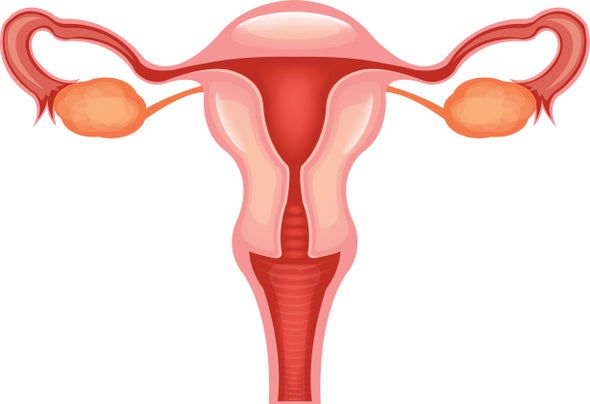Hydrosalpinx
- Maryam Rahbar

- Jun 4, 2020
- 3 min read
Hydrosalpinx and the effects it can have on fertility was brought to my attention when I reached out to Amanda (@infertility_journeytobabyc) on instagram. Her journey started on January 2018 when she began trying to conceive. She completed 8 rounds of clomid which were all unsuccessful. In February 2019 she had a hysterosalpingogram (HSG) which is a test to check whether there is any blockage in the fallopian tubes. For the test, a cannula (narrow tube) is inserted in through the cervix and into the uterus. A liquid containing iodide is injected through the cannula which fills the uterus. X-ray images are taken which show the movement of the liquid through the uterus and fallopian tubes. If there is no blockage present the dye will spill into the surrounding abdominal cavity. If there is a blockage, the dye is not able to exit which will be visible on the images. The results are then discussed with the specialist to better understand the options that are present. In Amanda's case, she was diagnosed with bilateral tubal blockage with hydrosalpinx as seen in the image below. This diagnosis is not uncommon in women suffering from infertility.
What this diagnosis meant was that both of her fallopian tubes were blocked by a watery fluid. There are different reasons as to why hydrosalpinx may be present and your specialist will be able to discuss these with you. In many cases, hydrosalpinx can result in infertility. For fertilization to occur naturally, one or two eggs are ovulated from an ovary and have to travel along the fallopian tube. Sperm travels through the female genital tract and reaches the egg at which point a single sperm can fertilize the egg. Now if there is a blockage, the egg and sperm will never be able to meet. As a result, there will be no fertilization and no pregnancy. If the blockage is present on one of the tubes, chances of pregnancy may be reduced but natural conception can occur. This is because the ovaries alternate in ovulation and so there will be cycles where sperm can reach and fertilize the egg. The resulting embryo has the potential to implant and lead to a pregnancy. If however, there is bilateral blockage, interventions will need to occur for a pregnancy to be achieved.
The blocked tubes can be removed in which case IVF will be the only option for pregnancy. Only the blockage can be removed in which case, normal conception, IUI or IVF may be options for pregnancy. IVF can be completed without interventions to remove the blockage but this is not recommended. Studies have show that if hydrosalpinx is not resolved before IVF, it can have a negative impact on implantation and may increase chances of miscarriage.
In Amanda's case, one of her tubes was repaired. The hydrosalpinx was removed from her other tube but the remaining portion was blocked. Since one of her tubes was completely repaired, they decided to try one cycle of medicated timed intercourse which was unfortunately unsuccessful. They then opted for a few rounds of medicated IUI cycles. She tolerated the medications and IUI well with little side effects (hot flashes and occasional headache). She is planning to have another HSG to ensure the healthy tube has not been blocked again which does in some cases occur. If there is no blockage, they are planning to go ahead with an IVF treatment cycle. If the hydrosalpinx has returned, she may need another round of surgery.
Even though the diagnosis of hydrosalpinx may give some indications as to why someone may suffer from infertility, sadly there are no treatment options that are 100% successful. Having to deal with this diagnosis is definitely not easy. Amanda has been able to keep a positive outlook through all of this which is admirable. Her advice to other individuals dealing with infertility was to take the tests and don't be afraid to ask questions. They struggled during the first year of their journey because they knew little about the process and realized that they needed to become their own advocates and take control of their own journey. The diagnosis may be overwhelming so it is important to research and seek advice to be able to choose the best possible option for yourselves. Therefore, it is important to find a team that makes you feel comfortable with asking the difficult questions. Take control and decide what you want your journey to look like.
Please feel free to message me if you have any questions or concerns. We need to keep supporting each other in these difficult and uncertain times.





Comments